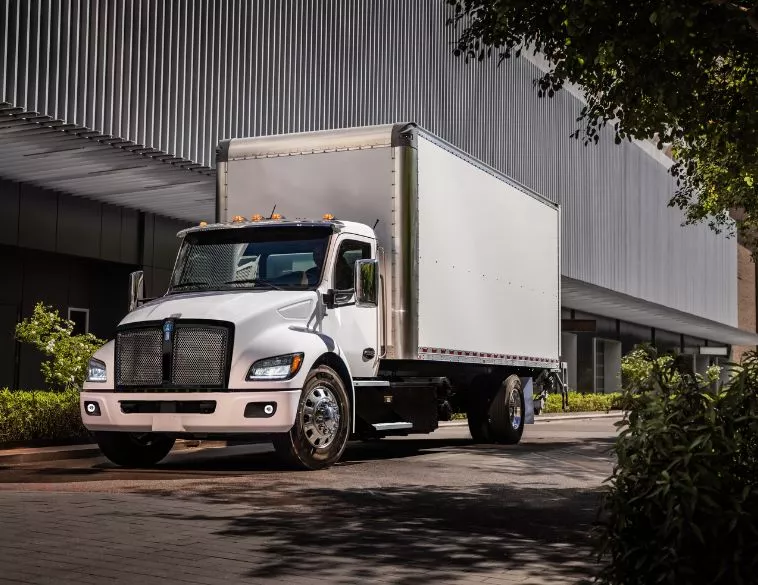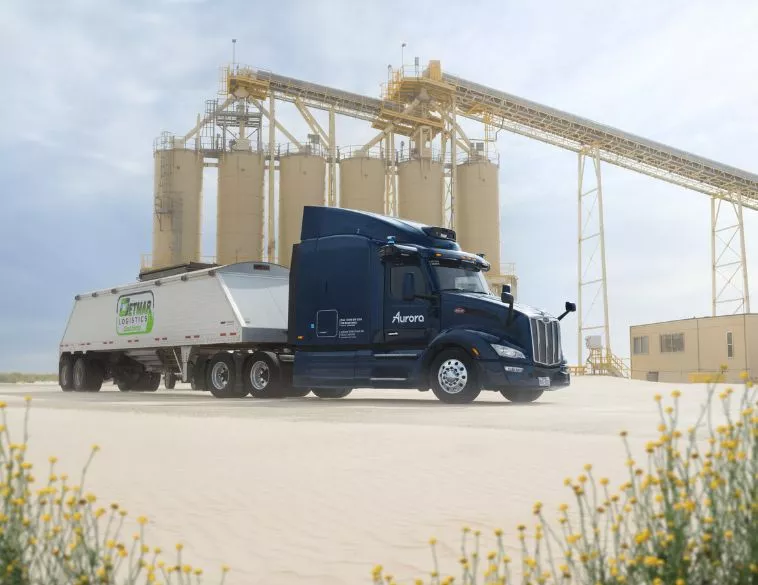Stop. Start. Twist. Turn. Repeat.

Don’t skimp when shopping for waste and recycling truck tires because they’re going to take a beating.
Few tires could stand up to the kind of abuse that waste haul tires have to endure on a daily basis. Bridgestone sums up the matter nicely with these words: “Stop. Start. Twist. Turn. Then do it again and again, except each stop is a little different.”
But wait! There’s more. As James McIntyre, SVP Sales Canada / Product Development North America, Sailun Tire Americas explains, “Garbage and recycling truck operators face several challenges including tire wear and tear, punctures and damage, overloading, and uneven load distribution.”
Gus Liotta, General Manager, Commercial Sales - Canada at Goodyear agrees. “Waste and recycling trucks experience some of the toughest operating conditions in the commercial trucking industry,” he says. “They face high-scrub environments that involve frequent stops, starts, and turns, often on surfaces littered with debris. The constant exposure to heavy loads and sharp objects increases the risk of punctures and accelerated tire wear.”
If that weren’t demanding enough, Liotta notes that conditions in Canada are even more demanding. “Canadian fleets must navigate harsh winter weather and challenging terrains, further emphasizing the need for tires with enhanced durability, traction, and all-season performance,” he adds.
Built tough
In order to endure all this abuse, waste and recycling tires have to be built tough. “We have to build these tires with extreme use in mind,” explains Mike Matesic, Product Segment Manager, TBR at Dynamic Tire. “We have to enhance the casings so that they handle all that twisting torque, lateral forces, the stop-and-go, and the constant change in the amount of weight each tire has to handle as heavy loads of garbage are hoisted into the truck.”
Tread patterns must also be optimized to handle all these stresses, Matesic adds. “If you look at tires that are used for long-haul applications, they have a consistent rib pattern, and strategic placement of tread blocks and siping,” he explains. “But if the waste and recycling tire has a similar, or a higher level of siping, it will tear, and if the outer tread block doesn’t have a robust shoulder with an enhanced casing, you’re going to get tread-lug cracking, to name just a few issues.”
These tires also have an enhanced load index, which allows them to handle all the weight they have to haul, Matesic notes, “and the tread patterns have to be able to handle all the twisting and turning that they’re exposed to.”
Also important, Matesic explains, is the fact that the casing on these tires has to be strong enough for retreading. “It’s a robust casing that can be retreaded without any issues,” he explains.
No compromises
Just in case any fleet manager thinks that they can skimp on quality and purchase tires for their garbage or recycling trucks that aren’t tough enough to endure all these extremes, Matesic notes that this is simply not an option. These trucks are on tight schedules, their loads must be picked up on time, and dealing with a flat tire when they’re on the clock simply isn’t an option.
Robert Vetter, Vice President Sales Eastern Canada, Huayi Tire Canada/Double Coin agrees that compromise is not an option. “They need an application-specific tire that operates well in the conditions that they are working in,” he says. “High tread scrub and severe sidewall abrasions are normal conditions in this segment.”
So the next time you’re out shopping for waste haul tires for your fleet, consider how much engineering had to go into the design and construction of these tires so that they can survive the demands placed upon them day in and day out.
Designed to endure day-to-day extremes, waste haul tires are the unsung heroes of the garbage and recycling industry, helping fleets get the job done in some of the most extreme conditions any truck fleet has to deal with.








